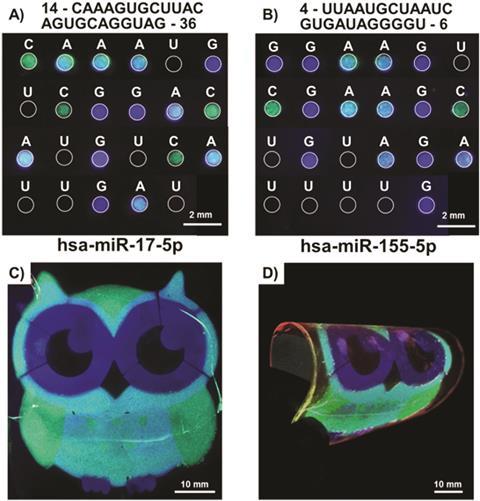We would like to highlight the Outstanding Reviewers forJournal of Materials 新利手机客户端Chemistry Bin 2017,as selected by the editorial team,for their significant contribution to the journal.The reviewers have been chosen based on the number,timeliness and quality of the reports completed over the last 12 months.
We would like to say a big thank you to those individuals listed here as well as to all of the reviewers that have supported the journal.Each Outstanding Reviewer will receive a certificate to give recognition for their significant contribution.
Dr Gong Cheng,Pennsylvania State University,ORCID:0000-0002-2217-6408
Dr Zhanjun Gu,Institute of High Energy Physics,ORCID:0000-0003-3717-2423
Dr He Hu,Case Western University,ORCID:0000-0002-5976-5273
Dr Naoki Kawazoe,National Institute for Materials 新利手机客户端Science
Dr Xiaozhong Qu,Chinese Academy of 新利手机客户端Sciences,ORCID:0000-0002-4050-6079
Dr Gang Wei,University of Bremen,ORCID:0000-0002-3838-8659
Dr Chengtie Wu,Shanghai Institute of Ceramics,ORCID:0000-0003-1861-4361
Dr Leyuan Xu,Virginia Commonwealth University,ORCID:0000-0002-3071-9206
Dr Run Zhang,The University of Queensland,ORCID:0000-0002-0943-824X
Dr Yuanwei Zhang,New Jersey Institute of Technology,ORCID:0000-0003-2111-0981
We would also like to thank theJournal of Materials 新利手机客户端Chemistry Bboard and the materials 新利手机客户端chemistry community for their continued support of the journal,as authors,reviewers and readers.
If you would like to become a reviewer for our journal,justemail uswith details of your research interests and an up-to-date CV or résumé.You can find more details inour author and reviewer resource centre













 New Memory Paradigms – Faraday Discussion
New Memory Paradigms – Faraday Discussion


